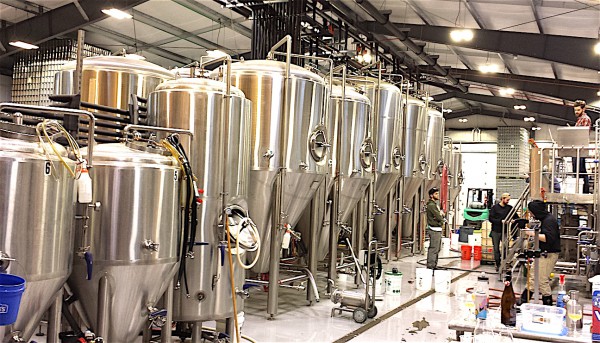StinkyBeer
Well-Known Member
- Joined
- May 24, 2017
- Messages
- 58
- Reaction score
- 25
T58 - Pitched and fermented at 25degs, heavy dry hop produces an intensely fruity and tangy beer. Minimal spice. It does throw some sulphur but by day 5-6 it has gone. I can't say it simpler than that really. I'm sure it's also a great yeast to can/keg/bright tank condition/carbonate too...but so are many many other strains. It also produces a beer with a lovely creamy thick mouthfeel.
I would suggest trying the above before making any conclusions regarding primary fermentation yeasts.
I still stand by my 'spunding' for 'natural carbonation' proclamations. It is common practice to dry hop and cap to achieve some CO2 dissolution and then to finish off through force carbonation.
The S-04/T58 50/50 beer I recently made is a mango and pineapple bomb with slight spice, tangy finish, huge murk, slight bubblegum.
I would suggest trying the above before making any conclusions regarding primary fermentation yeasts.
I still stand by my 'spunding' for 'natural carbonation' proclamations. It is common practice to dry hop and cap to achieve some CO2 dissolution and then to finish off through force carbonation.
The S-04/T58 50/50 beer I recently made is a mango and pineapple bomb with slight spice, tangy finish, huge murk, slight bubblegum.

















































![Craft A Brew - Safale S-04 Dry Yeast - Fermentis - English Ale Dry Yeast - For English and American Ales and Hard Apple Ciders - Ingredients for Home Brewing - Beer Making Supplies - [1 Pack]](https://m.media-amazon.com/images/I/41fVGNh6JfL._SL500_.jpg)








